From Slogans To Slaughter: The True Face of Communism Exposed
11 Jun 2025 13:04:08
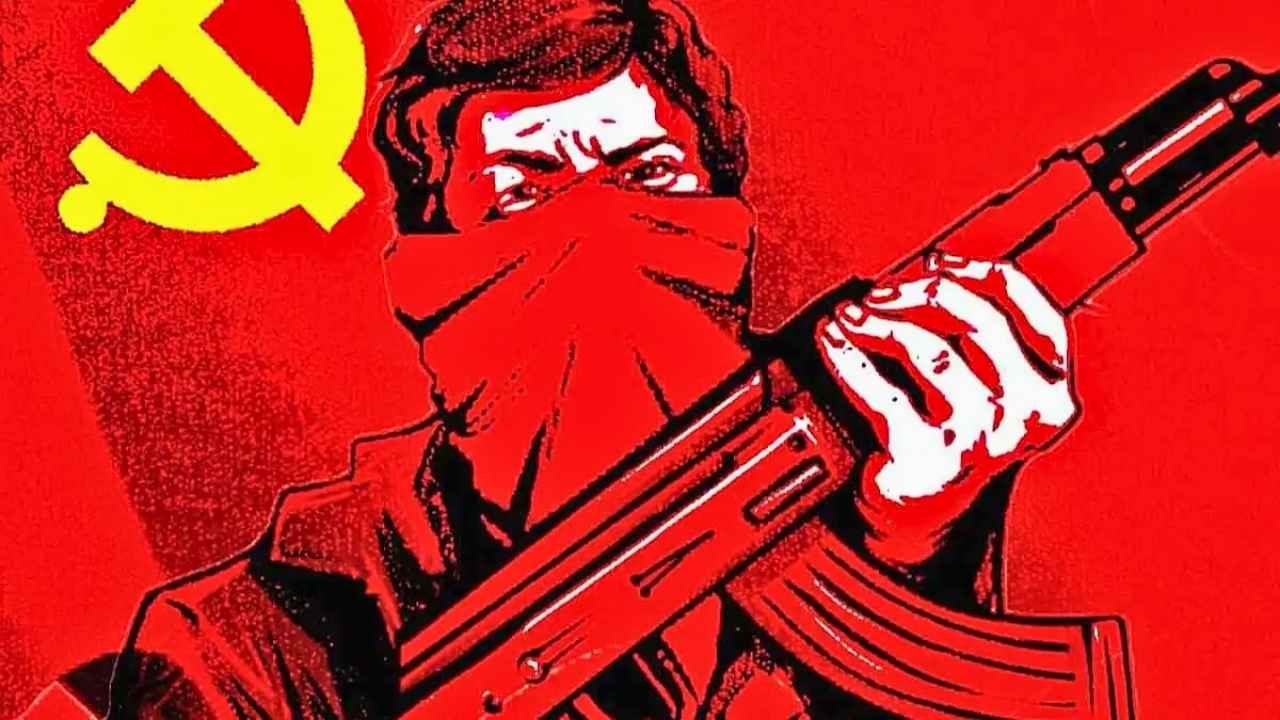
Communism is a political and social idea. It says that all people should be equal. There should be no rich or poor classes.
Everything needed to make goods, like land and factories, should be owned by everyone together, not just a few people.
The main aim is to stop unfairness in society, although in reality, it often ends up creating new kinds of oppression and state control.
In India, communism came in the late 1800s. But it became stronger in the early 1900s.
The Russian Revolution, workers’ protests, farmers’ fights, and the fight against British rule helped communism grow into a big movement in India, although its methods soon became radical and violent.
The Russian Revolution and the Rise of Communism in India
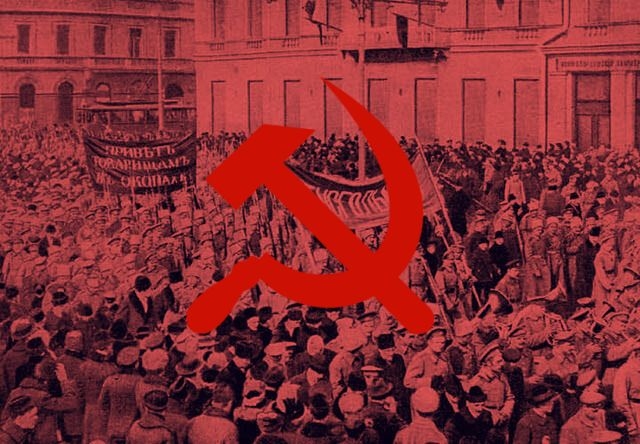
In 1917, the Bolshevik Revolution took place in Russia. This inspired radical and often violent revolutionary ideas all over the world, including in India.
The success of the Bolsheviks in setting up a brutal workers' dictatorship gave new hope to some Indians who were fighting against British rule.
Many Indian revolutionaries, especially young Bengalis and Punjabis living in Europe and Russia, became interested in Marxism during this time, ignoring its failures and bloodshed in the Soviet Union.
One important person in this movement was Manabendra Nath Roy (M.N. Roy). He became a key figure in the international communist movement.
In 1920, he took part in the Second Comintern Congress in Moscow and helped start the first Communist Party of India in Tashkent, taking inspiration from a regime that would later kill many.
Formation of the Communist Party in India and British Suppression
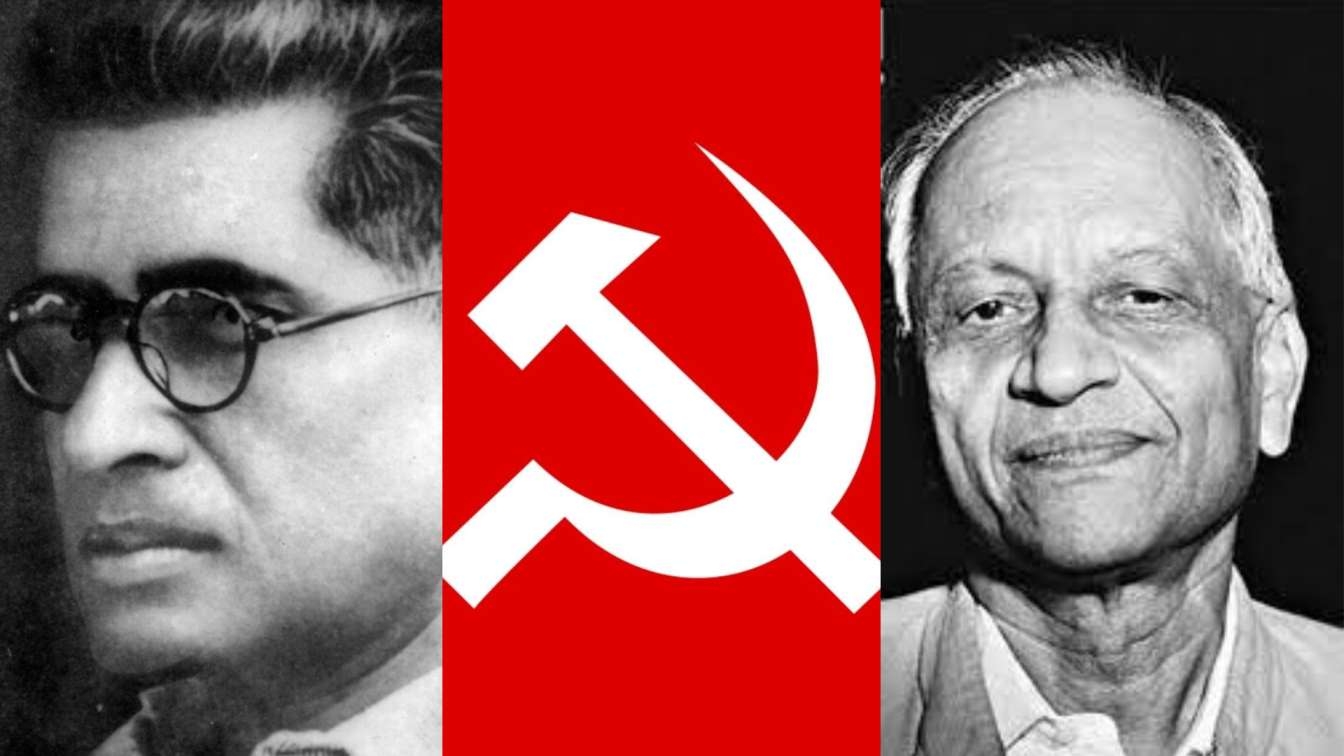
On December 26, 1925, the Communist Party of India (CPI) was formed in Kanpur.
Some of its key founders were S.A. Dange, M.S. Joshi, F.M. Jafar, and Shaukat Usmani.
However, the British government saw communism as a dangerous and anti-government idea, which it rightly was, given its calls for revolution and violence. So they tried to stop it.
In 1929, they arrested several communist leaders in the Meerut Conspiracy Case. This slowed down the movement for a while, but it did not stop its dangerous spread completely.
Growth Through Workers’ and Farmers’ Movements
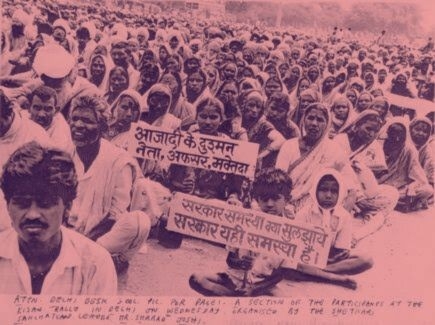
Communist leaders realized that to connect with the common people, they needed to stand by their problems.
So they focused on organizing farmers' movements, workers' protests, and forming labour unions.
They helped create organizations like the AITUC (All India Trade Union Congress) and AIKS (All India Kisan Sabha) to raise political awareness among workers and farmers.
During this time, by actively joining the freedom struggle and spreading ideology-driven propaganda, communism grew in popularity and expanded its influence across India.
However, it also planted the seeds of class hatred and violent revolution.
After Independence and the Rise of Left Politics
After India became independent in 1947, the Communist Party of India (CPI) entered electoral politics.
In the first general election in 1952, the CPI won 16 seats, which was a big achievement at the time.
Communism became strong in Kerala, West Bengal, and Tripura.
In 1957, Kerala became the first place in the world to have a democratically elected communist government led by E.M.S. Namboodiripad.
However, during the India-China war in 1962, a split happened inside the CPI.
Shockingly, some supported China while others supported the Soviet Union. This exposed their lack of national loyalty and led to the formation of two separate parties in 1964. They were CPI and CPI(M).
The Naxalite Movement and the Rise of Extremism
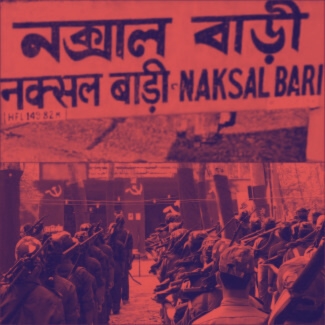
In 1967, an armed uprising began in Naxalbari, a region in Darjeeling district of West Bengal, led by landless farmers.
The main leaders of the movement were Charu Mazumdar, Kanu Sanyal, and Jangal Santhal.
This movement later spread across India and became known as Naxalism, a violent and extremist version of communism. It created a serious conflict with the mainstream communist parties.
Later, the Naxalites formed a new party called CPI(ML) – Communist Party of India (Marxist-Leninist.)
They followed a more extreme and openly violent path, embracing murder and destruction as tools of revolution.
Long Rule of the Left Front Government (1977 to 2011)
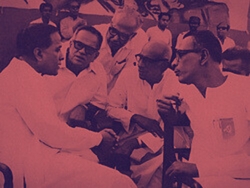
In 1977, the Left Front government led by CPI(M) was formed in West Bengal.
This government ruled continuously for 34 years, which is a record in India’s political history.
Some of the biggest successes of the Left Front government were land reform called Operation Barga, establishing local self-government, and making education and healthcare easier to access for ordinary people.
However, their long rule also created a culture of political violence, indoctrination, and intolerance.
Besides West Bengal, left-wing parties also stayed in power for a long time in Tripura and Kerala, often promoting outdated ideology over development.
The Start of Decline and Today
After 1991, India’s economy changed to focus more on business and big companies. Because of this, communism became less popular, as people began to realise the benefits of economic freedom.
In 2011, the Left Front lost the election in West Bengal, ending their long time in power. Now, communist parties like CPI and CPI(M) survive only in a few isolated pockets, mainly in Kerala and some tribal areas.
Negative Actions of Communists in India
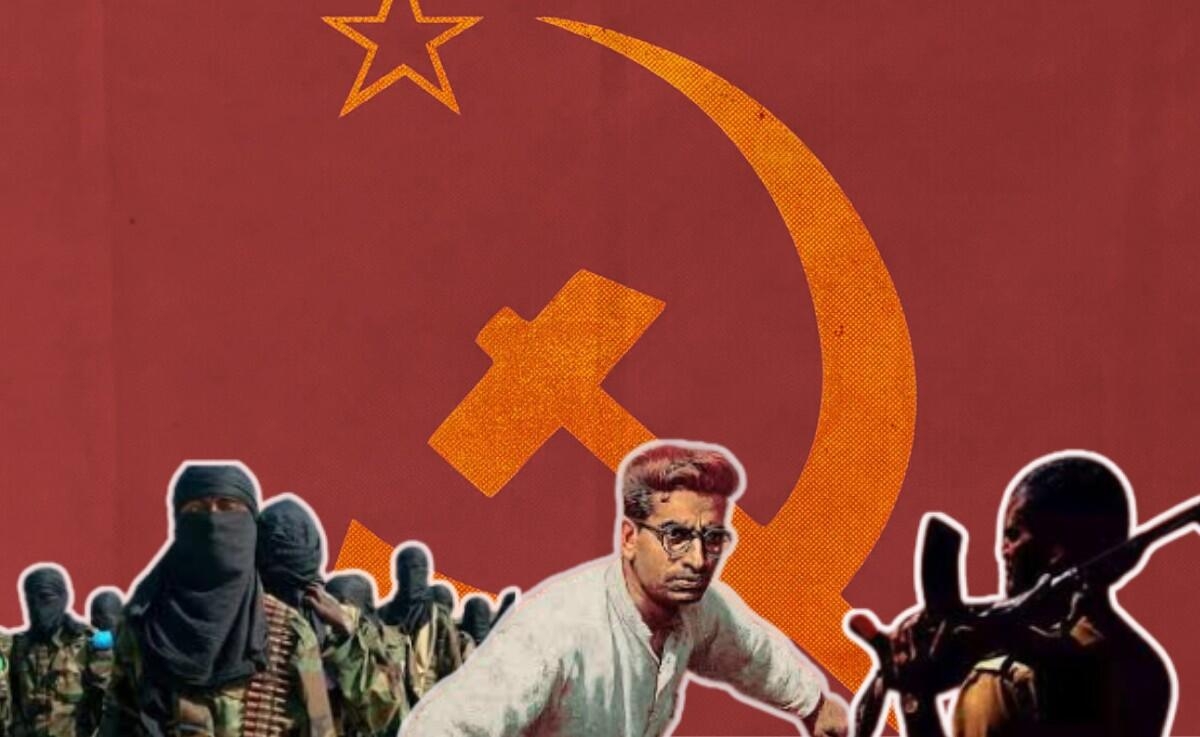
Communism in India once claimed to fight for justice. But in reality, it brought violence, fear, and failure.
Wherever communists came to power, they caused deep damage to society. Their rule was marked by dictatorship, control, and blind loyalty to foreign powers.
During the 1962 India-China war, many communist leaders openly supported China. This exposed their lack of loyalty to India. People saw this as a betrayal. The party soon split, but the damage was already done.
In 1967, the Naxalbari movement started with promises to help the poor. But it quickly turned into a bloody and lawless campaign.
Communist leaders like Charu Mazumdar and Kanu Sanyal led violent attacks, killed innocent people, and spread fear in villages. This extreme path turned people away from communism.
In West Bengal, the Left Front ruled for 34 years. But long rule brought corruption, violence, and control over people’s lives.
They rigged elections, silenced opponents, and turned schools into centres of political fighting. Their so-called land reforms were just tools to stay in power.
Strikes and protests ruined industries. Businesses fled the state. Unemployment rose. In places like Singur and Nandigram, they used police force against poor farmers. Many died. The communists, who once claimed to protect the poor, now acted like tyrants.
Similar failures happened in Kerala and Tripura. Communist leaders ignored modern ideas. They stuck to old books and slogans. They lost touch with real people and real problems.
In the end, communism failed in India because of its violence, foreign loyalty, and refusal to change.
It promised equality but gave only fear and control. Today, people see it for what it truly is – a failed and dangerous ideology.
Aritcle by
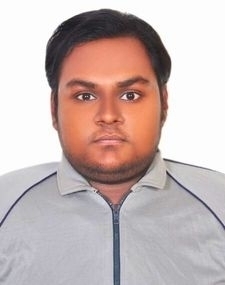
Suronjon Mojumder
Intern, The Narrative